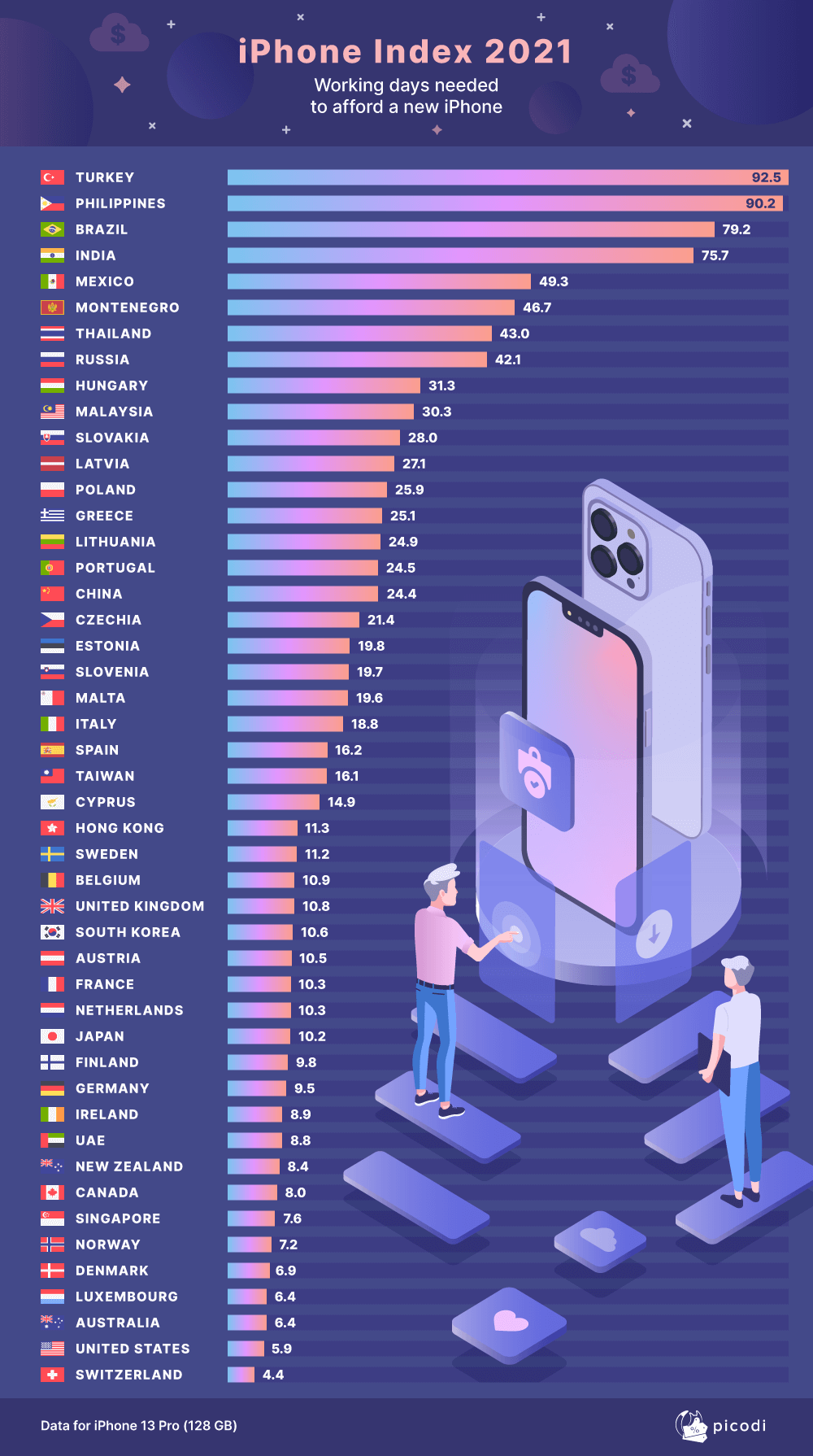Source: Press Release Service – New Zealand
Did you know that your electronic devices only contribute a small fraction of your power consumption? Here are some proven tips and tricks to lower your electric bills, not just this lockdown but also for the long term.
1. Upgrade your lights to LED
This simple trick can truly save you money. Most energy consultants recommend switching to LED lighting to save power as LEDs consume about 80 percent less power than incandescent and halogen lamps, and between 30 percent and 50 percent less power than fluorescent lamps.
Apart from that, they tend to last longer, saving you some bulb replacements in the long run. To maximise the use of LEDs, make sure to change the lighting fixtures at your home that you use the most, such as those placed in your kitchen, bedroom, home office, and bathroom. Another tip when looking for LED bulbs or lamps is to check the ENERGY STAR logo which indicates how much you can save when you use them.
2. Use natural light
Take advantage of free, natural light! Most work and study hours are during the day, which gives you an option to use sunlight instead of turning on your lights.
Make it a habit to turn off lights that are not being used and just find an area at home that gets plenty of natural lighting, where you can do your tasks. This way, you’ll also be more mindful of not overworking yourself, as you’re able to see the sun set from your window and know when it’s time to stop or eat dinner.
3. Use your washing machine more efficiently
Save energy (and water) by using full loads every time you use your washing machine instead of a number of smaller batches. With more time at home, you can hang them dry instead of using the dryer if there’s no hurry to use your clothes.
It’s free and you don’t have to worry about them getting rained on, since you’re at home anyway.
4. Opt for a laptop
Many have switched to a desktop computer since the pandemic happened, but did you know that a laptop is more energy-efficient and consumes about 80% less power? Aside from that, most laptops now have an energy-efficient mode, which you can enable for additional power savings.
Easily switch from your desk to your couch, all while effectively saving up on your power bills.
5. Reduce your screen time
Staying at home means spending more time on your laptop or phone whether it’s for work, school, or just entertainment. Of course, it’s to keep ourselves productive, busy, or distracted from all the uncertainties these days.
Make sure to maintain a healthy amount of screen time when it comes to your gadgets to keep your bills under control. Instead of being on your phone or laptop all the time, try going back to the classics such as playing board games with your family, making DIY projects, cooking, baking, or exercising.
6. Use power strips
Plugged devices that are turned off or on standby mode are usually called “energy vampires”. These devices may not be in use, but they still consume a small amount of power which can increase your bills. Use a power strip so you can turn off multiple devices that are not in use easier and faster, instead of unplugging them one by one.
7. Choose showers over baths
Choosing quick showers over baths is a great way to save money on your electricity bills. It saves water, too! The less water you use means the less energy you need when using the heater.
8. Take control of your heating and cooling
Apart from lockdowns, it’s also during winter and summer that energy costs tend to spike.
Use window coverings to help insulate your place and keep the temperature in your rooms consistent throughout the day. During colder months, as simple as opening your curtains or blinds to let the sunlight in instead of using a heater to help keep your place warm can cut your power costs.
9. Take advantage of government benefits
Did you know that you can get money from the government to help you with utility costs during colder months? This government is called the Winter Energy Payment. This year, qualified Kiwis can get the following:
A single qualifying person with no dependent children – $20.46/week
Qualifying couples, and people with dependent children – $31.82/week
You may be qualified for the Winter Energy Payment if you receive any of the following:
NZ Superannuation
Veteran’s Pension
Jobseeker Support
Jobseeker Support Student Hardship
Sole Parent Support
Supported Living Payment
Young Parent Payment
Youth Payment
Emergency Benefit
Emergency Maintenance Allowance.
If you’re qualified, there’s no need to apply as you will get the money automatically, along with your other regular payments.
10. Switch to a better power plan
Electricity rates differ depending on the power company and power plan. Some have variable prices, while there are those that offer low and fixed prices if you sign for a certain number of months. This is why it’s best to review your current electricity plan and learn how your power rate works, so you can utilize it better. If you’re charged variable prices throughout the day, do activities that involve electrical appliances during low-cost hours to save more.
Apart from that, make the habit of comparing power plans from different power providers regularly! You can use a comparison tool to help you save hours of researching.
Use a comparison website to choose the best power plan available in your area. If you’re mindful of your energy consumption and you follow most of the tips above, there’s no need to worry about maintaining a lower power bill even during lockdowns, or whatever the season.
These tips are brought to you by glimp (www.glimp.co.nz), a website that helps users compare broadband, power, financial products, and insurance in NZ.
Media Release 1 October 2021.
MIL OSI



